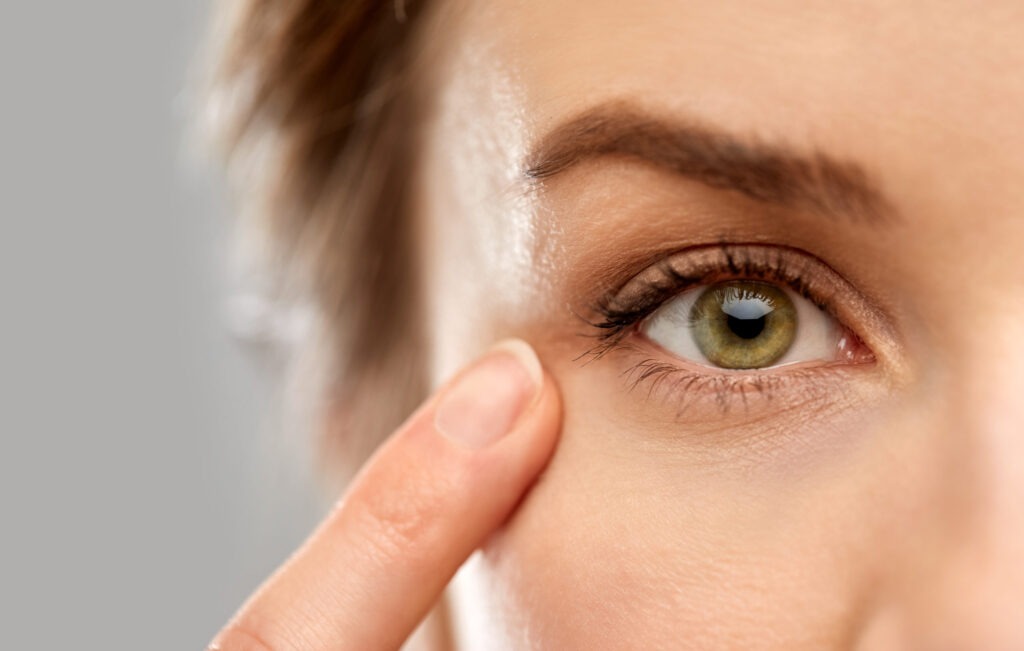Learn about the eye

Your eyes are made up of many different parts that work together to help you see. Click on the below list for an explanation of each part of the eye.
/GettyImages-695204442-b9320f82932c49bcac765167b95f4af6.jpg)
Sclera
The outer coat of the eyeball that forms the visible white of the eye and surrounds the optic nerve at the back of the eyeball. The sclera acts as the tough outer layer to protect the eye from injury.
Choroid
The thin, dark-brown vascular layer between the sclera and the retina. The choroid supplies blood to the retina and nerves to other structures in the eye.
Retina
The innermost layer at the back of the eyeball that contains cells sensitive to light. It receives images formed by the lens and converts them into signals that reach the brain via the optic nerve, to enable a visual image to be formed.
Optic Nerve
Connects the eye to the brain, via sensory fibres that conduct the impulses formed by the retina.
Macula
A special area in the centre of the retina, which is the area of keenest vision, allowing us to see objects in great detail.
Optic Disc (Blind spot)
The raised disc on the retina at the point of entry of the optic nerve, lacking visual receptors, thereby creating a blind spot.
Lens
The transparent, biconvex body in the eye. Along with the cornea, the lens helps to refract light to focus on the retina.
Ciliary Muscle
The circular muscle that surrounds the lens and contracts or relaxes to enable the lens to change shape for focusing objects up close or far away.
Iris
The coloured part of the eye surrounding the pupil. The iris acts as a diaphragm to widen or narrow the opening called the pupil, thereby controlling the amount of light that enters the eye.
Pupil
The black hole at the centre of the eye that allows light through.
Cornea
The clear window forming the front of the eye. It lets light into the eye, assisting with focusing to enable clear vision.







